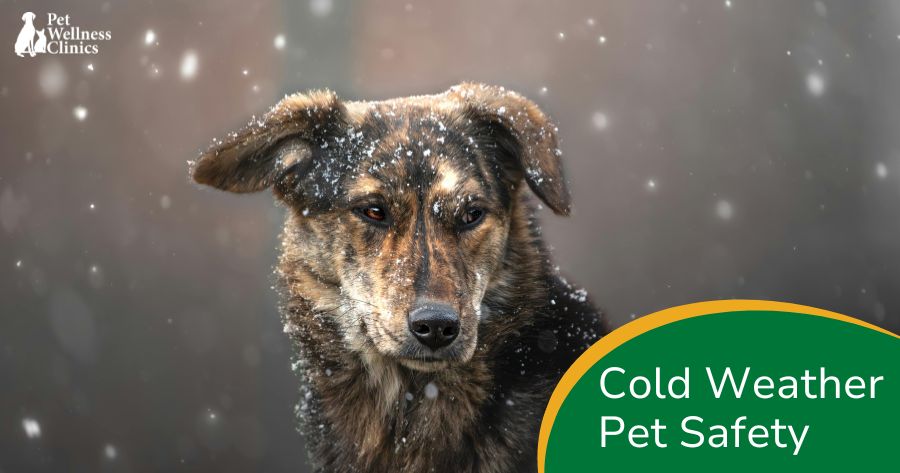Many people have heard of mange in dogs, but other than knowing it is unpleasant, are not exactly sure what the condition is. Mange is actually a skin problem that is caused by the presence of mites. While most dogs have mites that live naturally on their body, a large population of these creatures can cause your pet to develop skin problems.There are two types of mange that are particularly common. These are demodectic mange and sarcoptic mange.
This type of mange is caused by an overabundance of the demodex mite. While your canine’s immune system is supposed to keep these tiny parasites in check and their numbers small, those animals who have undeveloped, suppressed or compromised immune systems are the ones much more likely to suffer from a demodectic mange problem. Demodectic mange is not contagious and the mites will not affect your property, since the creatures can only survive living on your pet. This means that there is no need to treat your home as well as your pet.
There are many different symptoms that could indicate that your dog has a demodectic mange problem. These include:
? Excessive itching
? Ear problems
? Patches of her coat where hair has been lost
? Scabbing or flaking of his skin
? Redness and/or inflammation
? Pungent odor from the skin
? Lesions
? Skin discoloration
? Secondary bacterial infection
Sarcoptic mange, caused by Sarcoptes scabiei mites, is extremely contagious and if the infection isn’t dealt with immediately, it could quickly spread across your dog’s body. It is also extremely itchy which makes secondary infections virtually unavoidable.
The exact symptoms that your dog will present with will vary, but most canines will be affected by some core indicators of the condition which include:
? Intense itching
? Hair loss
? Red pustules and crusting of the skin
? Skin sores
? A foul smell or pus emanating from a wound (usually indicative of a secondary infection)
If your dog shows any of the above symptoms and you are concerned that he may have sarcoptic mange you should call our veterinarian as soon as possible.
Most forms of mange treatment involve the use of chemical pesticides that are then provided in the form of a spot-on treatment, lotion, dip, shampoo or even oral medication. However, there are an increasing number of safer, natural remedies that are less harsh on your dog’s skin. Our vet will be pleased to advise you what the best option is for your pet.
In addition to getting on top of the population of mites, you may also wish to consider if your pet would benefit from some other therapies and treatments such as antibiotic creams and medications if your dog has suffered from a wound due to scratching.
If you are concerned that your dog may be suffering from mange, you should seek the help and advice of your veterinarian as soon as possible. Prompt treatment could prevent secondary infections and other complications from occurring. Are you worried your pet has a case of mange? Call our office today to schedule an appointment at 317-434-1900.


